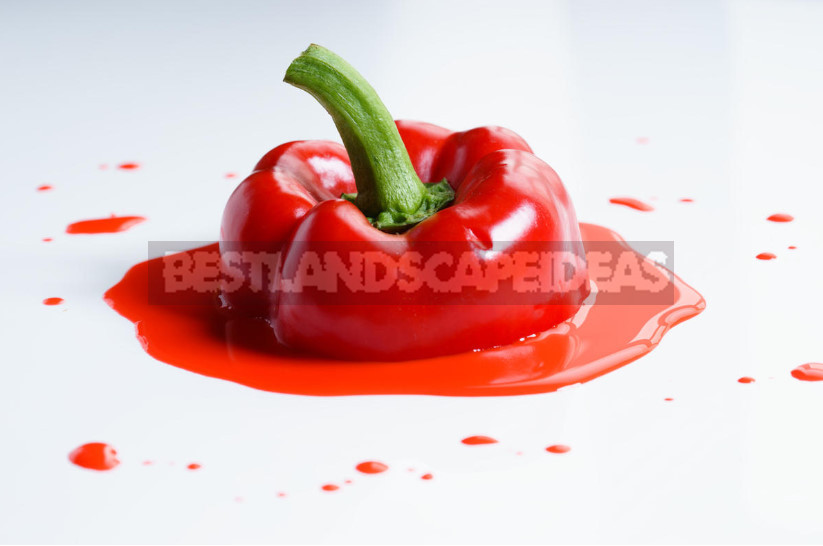
For most gardeners vegetables – the subject of constant worries and desire. But not all consider vegetable plants only as an object for picking and weeding, and the vegetables themselves – as raw materials for the preparation of Lecho, Ratatouille and other snacks.
Some people think vegetables are a good model for the creation of art objects. Let’s look at the familiar from an unusual angle.
Group portraits of vegetables in the interior
Vegetables and fruits often became objects of still lifes (images of inanimate objects composed in a picturesque composition). However, the usual still life today has not always been an independent genre in painting.

First things “dead nature” (natura morta – dead nature, Italian.) served only as an addition to portraits or religious subjects. And only in the XVII century images of pumpkins, potato tubers, onions or lettuce, as well as other objects of human life became self-sufficient elements of the picture from the point of view of painters and their customers.
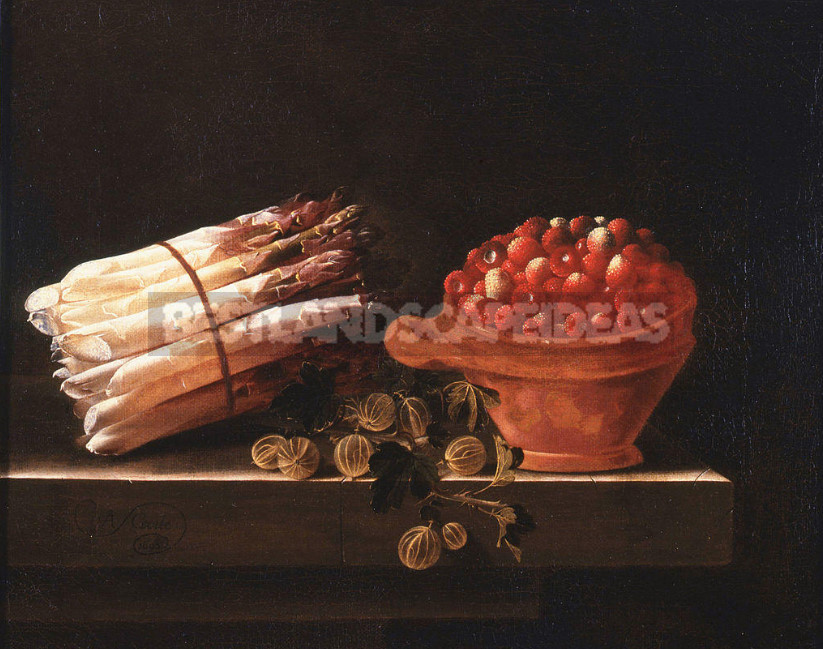
A special development of still life was in the works of the so-called small Dutch – Dutch artists of the XVII century, captured on their canvases the whole world of inanimate objects, which is a special microcosm and illustrating the life of modern human artists.
The emerging term for a new genre – Stilleben (it.) or Stilleven (gall.), as well as possible described the new attitude to the image of inanimate objects: “frozen life”.
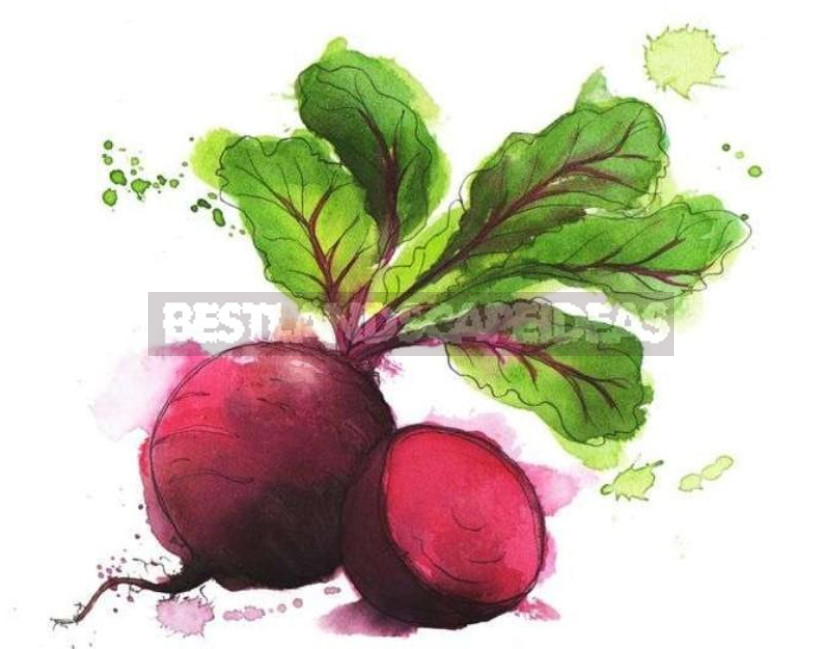
“Group portraits” of vegetables – still lifes, where fruits and flowers, although self-sufficient as a theme for painting, but still secondary: they are part of the human world, its reflection. Still lifes, for example, the famous Dutch “Breakfast” or “set tables”, clearly demonstrate the everyday side of people’s lives: what they ate and drank, what dishes were used. The invisible presence of man in the still life is emphasized by the picturesque surroundings – beautifully draped tablecloth, crumpled napkin, the image of objects on the background of the interior.
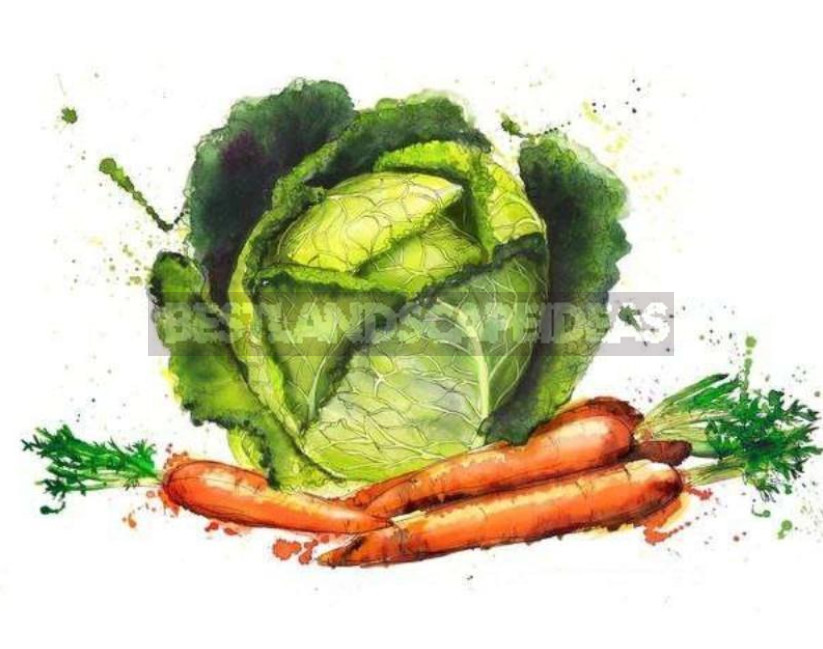
In addition, still lifes are always symbolic. They convey not only the everyday side of life, but emotions and moods. This is particularly evident in early works in the genre of still life, when the influence of the Church was more noticeable in all areas of activity. Thus, the fish symbolizes Christ, the Apple – the fall of man, nuts – the soul, bound by sin, and lemon – a symbol of unsatisfied desires.

Modern works of art are more free, artists can really create “portraits” of vegetables, showing the “character” and features of the “portrayed”. Consider, for example, a watercolor by English artist-Illustrator Georgina Luck – easy, “tasty” and recognizable.

With the advent of photography picturesque still lifes complemented by photos of fruits, demonstrating how beautiful can be an ordinary zucchini or Apple.

The camera allows you to observe and see the beauty even in death – rotting vegetables. A series of pictures of the Estonian artist Heikki leis “Afterlife” represents penicillin, Rhizopus and trichoderma in all its glory on vegetables, for which the artist watched for several months.
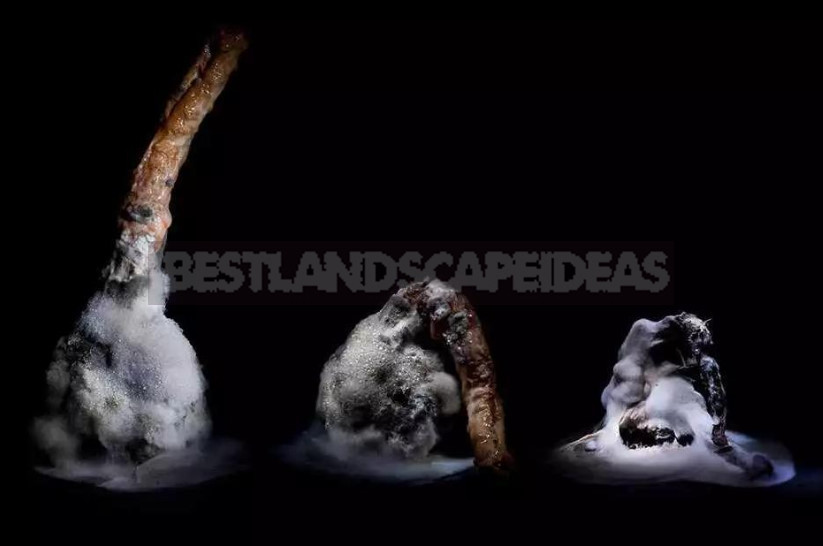
Damaged roots in the photo are hardly recognizable, and the viewer discovers a secret world. There is something fascinating, disgusting, beautiful in vegetables, absorbed in the mould, isn’t it?
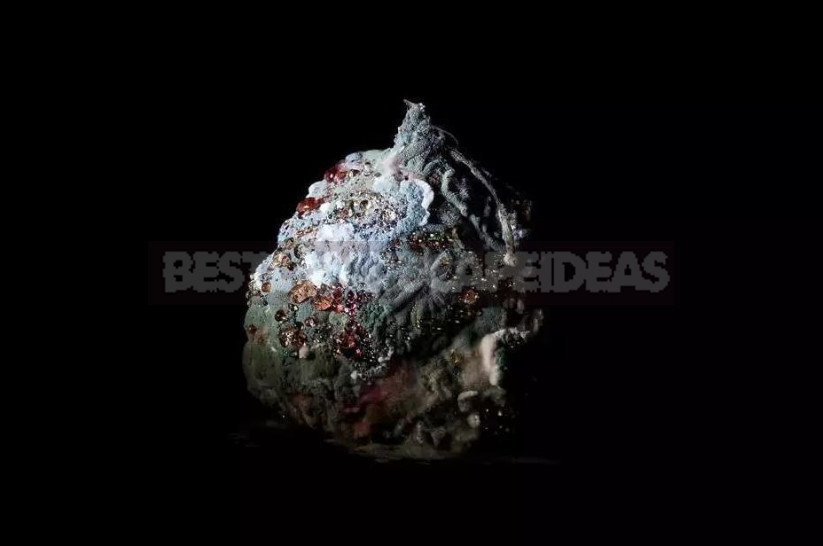
Vegetable art
But vegetables, fruits and berries are not just an object for creativity. Artists and sculptors are not limited to still lifes. They not only depict the fruits, but also use them as a material for their works. The texture, color and shape of the fruit attracts artists. There was also a separate art direction – vegetable art.
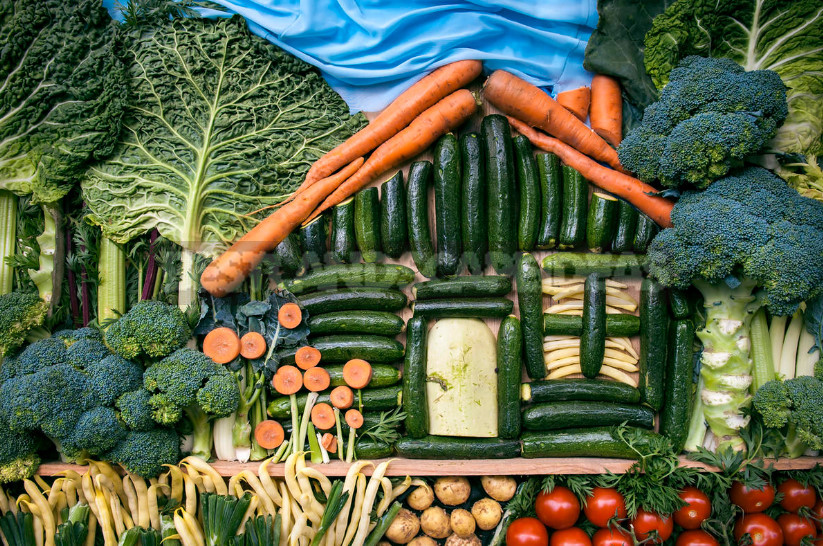
Perhaps the founder of this trend can be considered Giuseppe Arcimboldo, whose picturesque “Seasons” – allegories depicting Winter, Summer, Spring and Autumn in the form of portraits made up of fruits and flowers, characteristic of certain seasons – can be considered a forerunner and creativity Surrealists, and modern art installations.
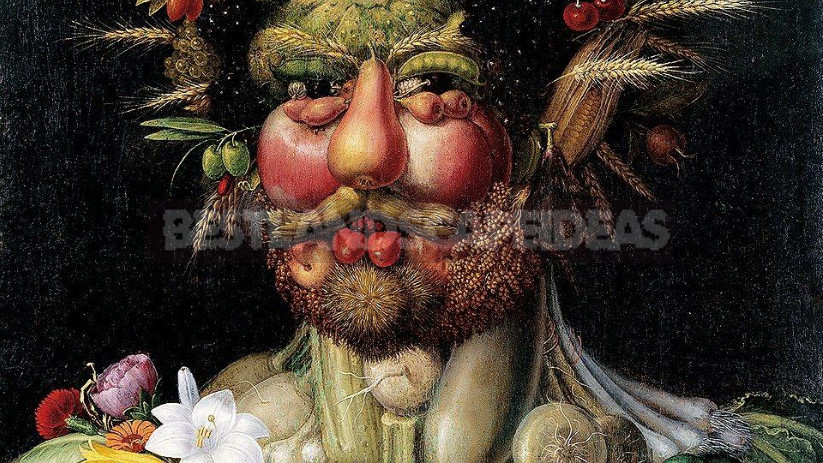
The works of Giuseppe Arcimboldo have given rise to the emergence of numerous imitators. In 2012, Philip Haas, an American artist and Director, created sculptures based on the allegories of Giuseppe Arcimboldo in the new York Botanical garden.
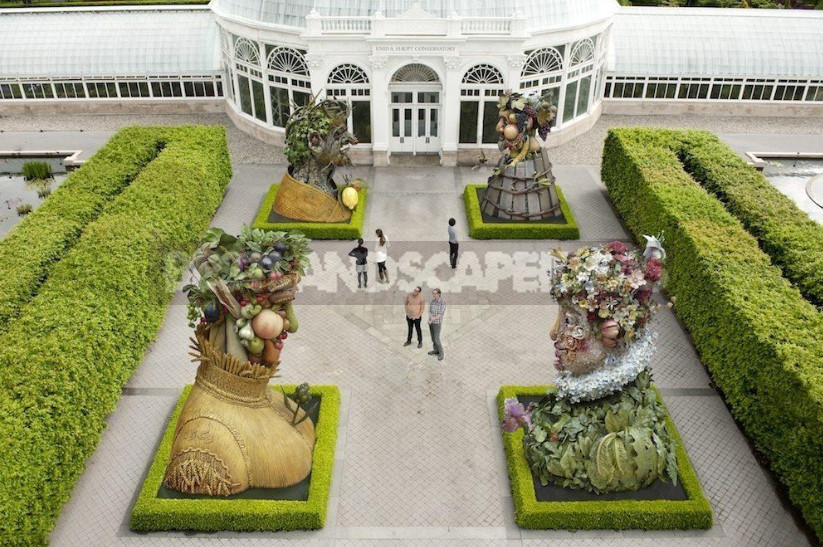
A Chinese artist Ju Duoqi not only draws vegetables, it is an unusual composition directly from the leaves of lettuce, cucumbers, potatoes and other garden representatives.
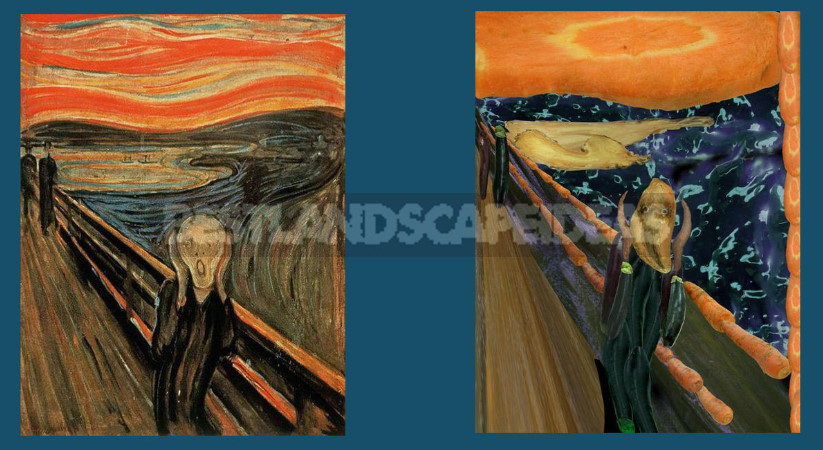
Ju Duoqi works in several directions: making vegetable copies of famous paintings, creating works in the style of Chinese painting, using salad and radish, making vegetable costumes for real models and installations, as well as author’s sculptural works, as the main material for which the artist prefers to use different varieties of lettuce and Beijing cabbage.

And if the works of Chinese women, although made of edible materials, but most likely not intended for food, that is, types of vegetable art with quite utilitarian purpose.

Carving, mukimono, kasalak
The art of carving vegetables and fruits – carving – is familiar to many. Today it is one of the elements of culinary competitions, as well as an element of restaurant cuisine.

The origins of the vegetable sculpture lead to Asia. Mukimono is a traditional Japanese art of serving vegetable side dishes and fruits. In Thailand, skillful carved compositions of vegetables and fruits and the technique itself are called “kasalak”.
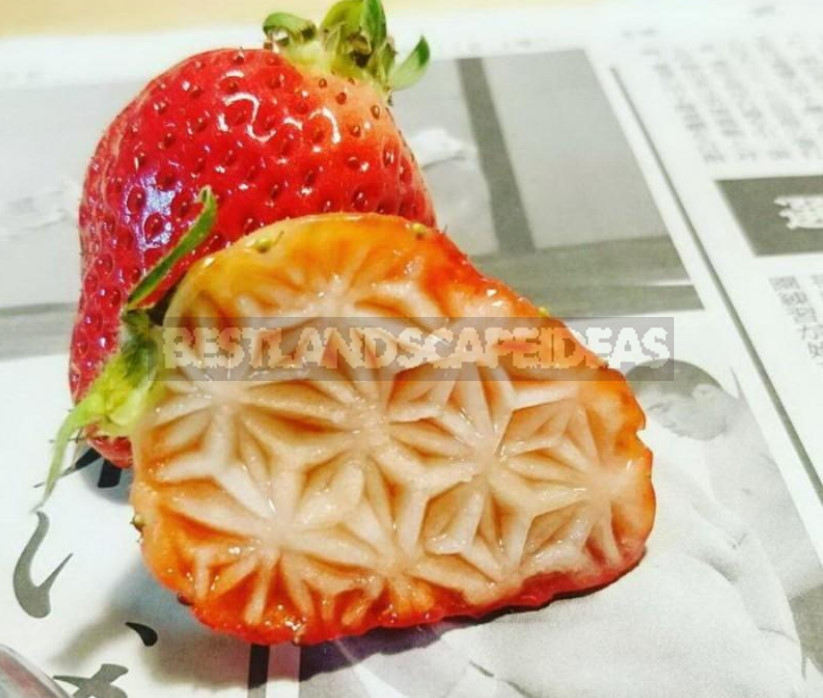
Vegetables are healthy and tasty. And yet – beautiful and photogenic. Which of you has the art not only to grow them, but also to demonstrate beautifully? Share your work.

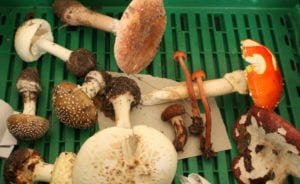
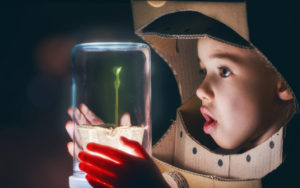
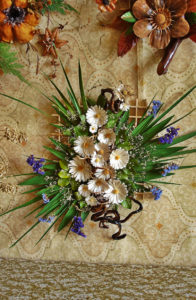
Leave a Reply